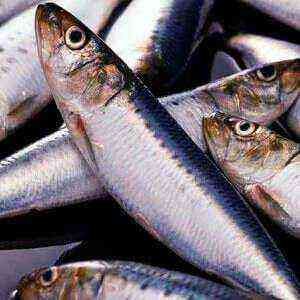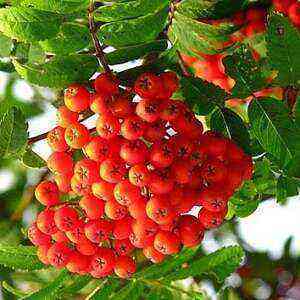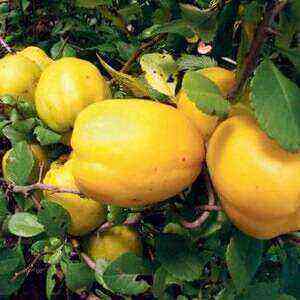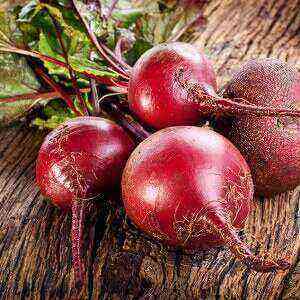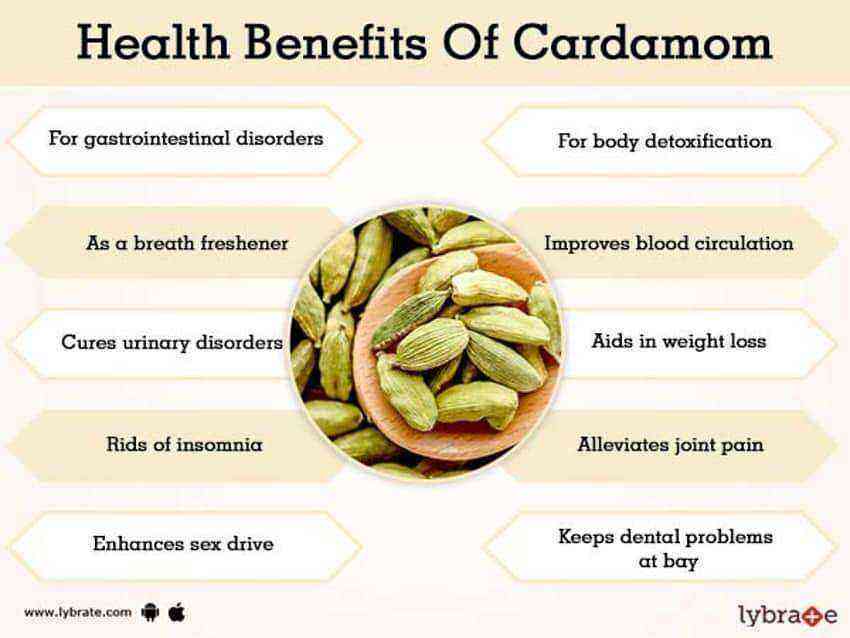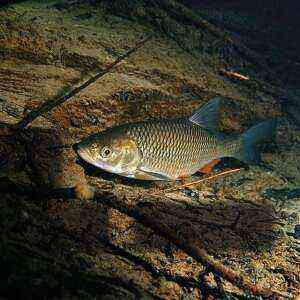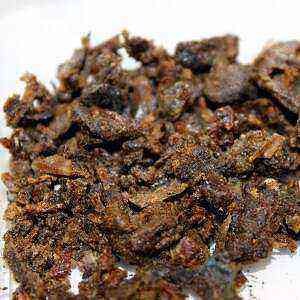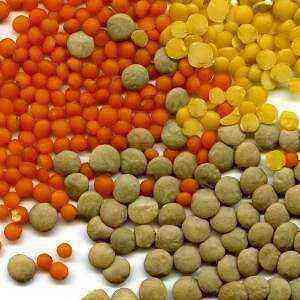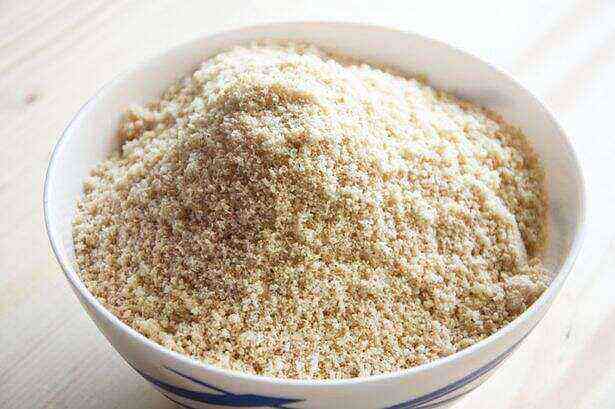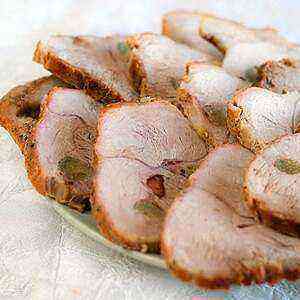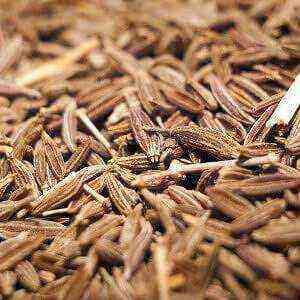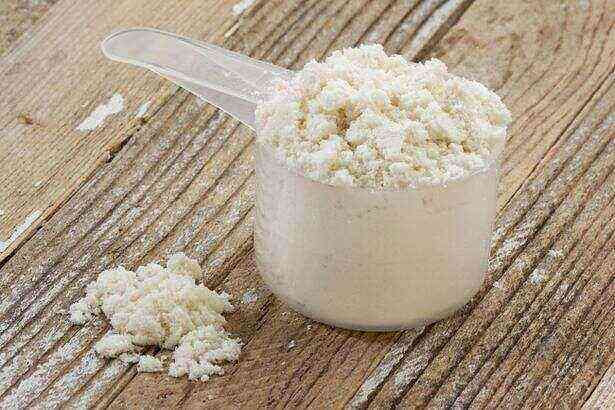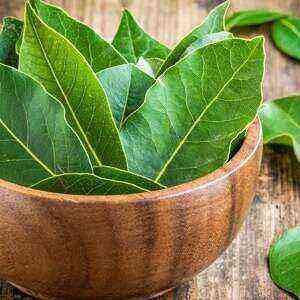
General characteristics
Figs are the fruits of a subtropical tree of the genus Ficus. On rocky soil, it grows as a shrub, although in more favorable conditions it can turn into an 11-meter tree. One such plant is capable of producing several hundred fruits per season.
Fruits of different varieties may differ not only in color, but also in taste. The color of the fruit can be from black-purple to greenish-yellow, and the color of the flesh can range from pale pink to purple or amber. However, they are all pear-shaped, with juicy pulp and multiple seeds inside. Biologists talk about the existence of more than a thousand varieties of figs.
The fig tree has a long and rich history .… Archaeologists have found fossilized figs in Neolithic settlements. These fruits are mentioned in the Bible and other ancient scriptures. Some researchers suggest that the forbidden fruit in the Garden of Eden was not an apple, but a fig.
It is believed that the ancient Egyptians were the first to grow these trees, although according to another version, the birthplace of the plant is Asia Minor. Then the plant appeared in Crete, and around the 30th century BC. e. the ancient Greeks made figs a staple in their traditional diet. They revered these fruits so much that they even created a law prohibiting the export of the best varieties of figs. In ancient Rome, the fruit was considered sacred. According to legend, the she-wolf, who nurtured the founders of Rome, Romulus and Remus, loved to rest under a fig tree. Already in ancient times, the ancients knew about XNUMX varieties of this culture. The fig tree was brought to the western hemisphere by the Spanish conquerors in the XNUMXth century. Turkey, Greece, Spain and Portugal are among the largest fig producers today. The fig tree grows in the Caucasus, Central Asia, the Crimea, the Carpathians, as well as in the Mediterranean countries, in some regions of Azerbaijan, Armenia, Georgia, Russia.
Nutritional value
Fig fruit is a delicious dessert with few calories but rich in fiber, minerals, vitamins and antioxidants farmer-online.com.
Interestingly, figs are compared to apples in terms of their antioxidant content. If we talk about dried fruits, then the concentration of all components in them increases several times. True, this also applies to calorie indicators: 100 g of dried fruits contain almost 250 kcal versus 74 kcal in the same amount of fresh fruits.
Nutritional value at 100 g fresh fruit
Calories 74 kcal Carbohydrates 19,2 g Proteins 0,76 g Fats 0,34 g Fiber 2,9 g Vitamin A 142 IU Vitamin B1 0,08 mg Vitamin B2 0,07 mg Vitamin B3 0,53 mg Vitamin B5 0,42 mg Vitamin B6 0,12 mg Vitamin B9 7 μg Vitamin C 2,4 mg Vitamin E 0,13 mg Vitamin K 4,73 μg Sodium 1 mg Potassium 234 mg Calcium 33,6 mg Copper 0,05 mg Iron 0,34 mg Magnesium 17,4 mg Zinc 0,14 mg Selenium 0,2 μg
Benefits for the body
The rich chemical composition of the fig tree makes the fruits useful: they prevent and treat many disorders in the body. farmer-online.com.
The fruit is known for its healing effects in diabetes mellitus, bronchitis, asthma, indigestion and urinary tract disorders. ...
 Lowers blood pressure
Lowers blood pressure
Fig fruits are good sources of potassium, a mineral that affects blood pressure. Many people do not have enough fruits and vegetables in their diets, but there are a lot of very salty foods in the diet. Under such circumstances, potassium deficiency, sodium excess and, as a consequence, hypertension develop. Laboratory results have shown that when figs are added to the diet, it is easy to restore healthy potassium levels and stabilize blood pressure in just a few weeks.
Promotes weight loss
The fig tree fruit is rich in fiber, on which body weight largely depends. The researchers say that a meal containing dietary fiber not only provides long-term satiety, but also promotes faster weight loss. Fresh figs are also good sources of fiber. However, it is important to understand that in dried form it is a very high-calorie product, and for those who want to get rid of extra pounds, this is not very good news.
Useful in diabetes
Few realize that fig leaves can also be included in the diet. However, in some cultures, these greens are actively consumed in food, and as the researchers say, they are doing the right thing. In the leaves of the fig tree, substances have been found that have antidiabetic properties. This means diabetics using fig leaf extract need lower doses of insulin injections. ...
Protects the cardiovascular system
An animal study has shown that an extract obtained from green fig leaves is able to reduce triglycerides (the form in which fats are found in the blood). Fruits contain pectin, which is a soluble fiber, and it cleanses the body of excess cholesterol. .… And this is an important fact for maintaining heart health. Dried fig tree fruits are no less useful. They contain phenols, Omega-3 and Omega-6. These fatty acids reduce the likelihood of developing coronary heart disease.
It has anti-cancer properties.
And again we will focus on fig leaves.
Not so long ago, scientists added another feature to the list of the beneficial properties of this plant – the ability to protect against cancer.
In laboratory experiments, the researchers suggested that fig leaf extract contains substances that inhibit the growth of certain types of cancer cells, including skin cancer. 1… The fiber contained in fruits protects the body from free radicals and prevents the growth of malignant tumors in the intestines. For the female body (especially after menopause), fruits are useful as a preventive measure against breast cancer. By the way, figs are also popular in Chinese medicine as a natural anti-cancer medicine.
Improves digestion
It is enough to eat 3 fig fruits daily to protect yourself from many disorders of the digestive system. In particular, the fiber contained in fruits improves intestinal motility, regulates its work and prevents constipation. ...
Powerful antioxidant
A huge amount of antioxidant substances is concentrated in the leaves, pulp and skin of the fruit of the fig tree.
They stop the oxidative processes in the body. Researchers say that in dried fruit, the amount of antioxidants exceeds that in fresh figs. This fact should console people for whom these exotic fruits are not available fresh.
Restores Calcium Reserves
Figs are rich in calcium, which allows the fruit to be included in foods that strengthen bones and reduce the risk of osteoporosis. In addition, its fruits contain phosphorus, which also stimulates the growth of bone tissue. ...
Treats bronchitis
The unique chemical composition of fig leaves makes them an ideal component for medicinal tea. Brewed greens of this plant is useful for respiratory diseases and bronchitis. Also, this tool is used to prevent and relieve seizures in patients with asthma.
Antibacterial and antifungal agent
Malaysian scientists said that fig fruits have antibacterial and antifungal properties. Experience has shown that substances that are part of the fruit, kill harmful bacteria in the mouth, as well as cause the death of some fungi.
Eliminates sexual dysfunction
For many centuries, traditional healers have resorted to figs in the treatment of sexual dysfunction, infertility, or weak erections. In many cultures, figs are known as a powerful aphrodisiac. To restore sexual strength in ancient times, it was advised to eat 2 fruits daily, which were previously soaked in milk during the night.
Smoothes wrinkles
Indian pharmacists have also contributed to the study of the useful properties of figs. After a series of studies, they announced: Fig tree extract effectively smoothes wrinkles, as well as lightens age spots, freckles and acne marks ...
Other useful properties
The list of the medicinal properties of figs does not end there.
Over the years of research on the functions of the fig tree, scientists have determined its healing abilities in more than 40 diseases of the digestive, endocrine, reproductive and respiratory systems. ...
Figs beneficial effect on the body with:
- angina;
- whooping cough;
- indigestion;
- abdominal cramps;
- fever;
- anemia;
- liver disease;
- paralysis;
- skin diseases;
- ear pains;
- poor eyesight;
- boils;
- abscesses;
- venereal diseases;
- improper acidity of the body ...
Use in cosmetology

The pulp of the fruit is suitable for making homemade scrubs (mix with sugar and a little olive oil) and a variety of masks. One of the most effective masks for improving skin tone consists of fig pulp, powdered ginger, oatmeal and a few drops of bergamot essential oil. The skin of a fresh fig tree will help to restore smoothness to the skin, with which you should wipe your face.
The medicinal properties of figs are good for hair as well. In particular, masks based on fruit mass make curls obedient, smooth, shiny, moisturize them and prevent the appearance of gray hair.
Some caveats
Figs are definitely a very healthy fruit. However, overdoing it often causes diarrhea, and high sugar content can lead to dental disease. In some people, the fruits and sap of the plant cause allergies.
How to choose and store
Fresh figs – a perishable fruit, which is desirable to eat in a day or two after purchase.
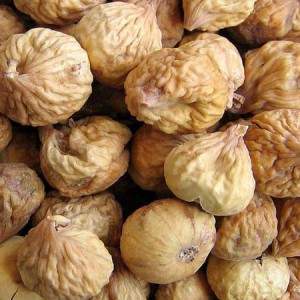
When buying dried fruits, it is also important to pay attention to their appearance, texture and smell. They should also be soft, with a pleasant smell, and free from damage and mold.
Ripe fruit should be stored in the refrigerator by wrapping it in paper or placing it in a shallow container. This is necessary so that the tender fruits do not dry out and wrinkle. Unripe fruits are stored at room temperature, but away from sunlight. Dried ones will stay fresh for several months if stored in a cool, dark place (maybe a refrigerator). In any case, the fruits of the fig tree must be isolated from extraneous pungent odors, since they have the ability to quickly absorb aromas from the outside.
How to eat a fig tree
Before use, fresh fruits (and dried fruits too) must be thoroughly rinsed with cold water, then remove the stem and pat dry with a paper towel.
Dried figs are ready to eat. Although some advise to soak dried fruits in water or fruit juice for a short time before use. This will make them more juicy.
Fresh and dried fig trees go well with oatmeal. Fruit chunks can be added to yogurt, ice cream, and other desserts. This fruit will be a great addition to fennel, arugula and parmesan salad. In some countries, it is customary to stuff a fresh fig tree with goat cheese and chopped almonds. An interesting combination is dried figs with poultry, lamb or venison.
You will never see flowers on the branches of the fig tree. The fact is that they are hidden inside … of the fruit. Tiny flowers eventually turn into small seeds, of which there are so many in each fruit.
Figs – an amazing fruit with unusual properties, including healing. Maybe that’s why for several thousand years he has been one of man’s favorite fruits.
Sources of

